How To Find Pinhole Cameras?
In today's world, privacy is a growing concern, and the proliferation of surveillance technology has made it easier than ever for individuals to be monitored without their knowledge. One of the most insidious forms of surveillance is the use of pinhole cameras. These tiny, often undetectable devices can be hidden almost anywhere, making it crucial to know how to find them. This article will provide a comprehensive guide on how to detect pinhole cameras, ensuring your privacy and security.

Understanding Pinhole Cameras
Before diving into detection methods, it's essential to understand what pinhole cameras are and how they work. Pinhole cameras are small, covert devices designed to capture video or images through a tiny aperture. They can be hidden in everyday objects such as smoke detectors, clocks, air purifiers, and even electrical outlets. Due to their small size and the minimal opening required for the lens, they are incredibly difficult to spot with the naked eye.
Why Detecting Pinhole Cameras is Important
The primary reason for detecting pinhole cameras is to protect your privacy. These devices can be used for various malicious purposes, including spying, theft of personal information, and even blackmail. Whether you're in a hotel room, a rental property, or your own home, knowing how to find these hidden cameras can help you maintain your privacy and peace of mind.
Methods to Detect Pinhole Cameras
1. Visual Inspection
The first step in detecting a pinhole camera is a thorough visual inspection of the area. Look for any unusual or out-of-place objects. Pay special attention to items that are new or have been moved recently. Common hiding spots include:
- Smoke detectors
- Air purifiers
- Electrical outlets
- Clocks
- Picture frames
- Bookshelves
Use a flashlight to help you see better in dimly lit areas. Shine the light at various angles to catch any reflections from the camera lens. Pinhole cameras often have a small, reflective surface that can give them away when light hits them directly.
2. Use a Camera Detector
Camera detectors are specialized devices designed to locate hidden cameras. These detectors work by identifying the radio frequency (RF) signals emitted by wireless cameras or by detecting the lens of a camera through infrared light. There are two main types of camera detectors:
- RF Detectors: These devices scan for RF signals that wireless cameras transmit. When an RF signal is detected, the device will alert you with a sound or light indicator. Keep in mind that RF detectors can also pick up other wireless signals, so it's essential to use them in conjunction with other methods.
- Lens Detectors: These devices use infrared light to detect the reflective surface of a camera lens. When you look through the viewfinder of a lens detector, any hidden camera lenses will appear as bright spots.
3. Smartphone Detection
Your smartphone can also be a valuable tool in detecting pinhole cameras. There are several ways to use your phone for this purpose:
- Camera Flashlight Method: Turn off the lights in the room and use your phone's flashlight to scan the area. Look for any reflections that could indicate a camera lens.
- Camera App: Some hidden cameras emit infrared light, which is invisible to the naked eye but can be detected by your smartphone camera. Open your camera app and scan the room. If you see any bright spots on your screen that are not visible to the naked eye, it could be an infrared light from a hidden camera.
- Detection Apps: There are various apps available for both Android and iOS devices that can help detect hidden cameras. These apps use your phone's sensors to scan for RF signals or infrared light.
4. Check for Unusual Wi-Fi Networks
Many modern pinhole cameras are connected to Wi-Fi networks to stream video footage. By scanning for unusual or unfamiliar Wi-Fi networks in your vicinity, you may be able to identify hidden cameras. Use a Wi-Fi scanner app to see all the networks in the area and look for any that seem out of place or have strong signals in unexpected locations.
5. Physical Inspection
In some cases, a physical inspection may be necessary to find hidden cameras. This involves checking behind or inside objects where a camera could be concealed. Be cautious when handling electrical devices or fixtures, and consider seeking professional help if you're unsure about disassembling anything.
What to Do If You Find a Pinhole Camera
If you discover a hidden camera, it's essential to take the following steps:
1. Document the Evidence: Take photos or videos of the camera and its location. This documentation can be crucial if you need to report the incident to authorities.
2. Do Not Touch the Camera: Avoid tampering with or removing the camera, as this could destroy evidence.
3. Report to Authorities: Contact local law enforcement to report the discovery. Provide them with the documentation you collected and any other relevant information.
4. Notify Property Management: If you're in a rental property or hotel, inform the property management or owner about the hidden camera. They may need to take additional steps to ensure the safety and privacy of other guests.
Preventative Measures
While knowing how to detect pinhole cameras is essential, taking preventative measures can also help protect your privacy:
- Use a Camera Cover: When not in use, cover the cameras on your devices with a physical cover or tape. This simple step can prevent unauthorized access to your camera.
- Secure Your Wi-Fi Network: Ensure your home Wi-Fi network is secure with a strong password and encryption. This can prevent unauthorized access to any connected devices, including cameras.
- Regular Inspections: Periodically inspect your living or working space for any new or unusual objects. Regular inspections can help you catch hidden cameras before they become a significant issue.
- Invest in Privacy Tools: Consider investing in privacy tools such as camera detectors or signal jammers. These devices can provide an added layer of security and peace of mind.
In an age where surveillance technology is becoming increasingly sophisticated, knowing how to detect pinhole cameras is a valuable skill. By conducting thorough visual inspections, using specialized detection devices, leveraging your smartphone, and taking preventative measures, you can protect your privacy and ensure your personal space remains secure. Remember, vigilance and awareness are your best defenses against hidden surveillance.


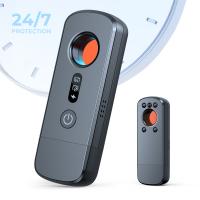
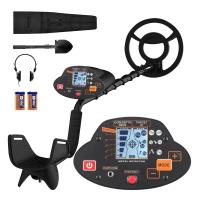
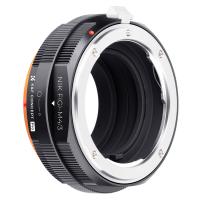
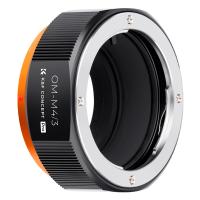
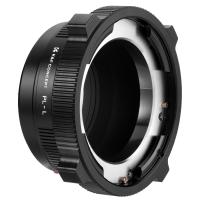
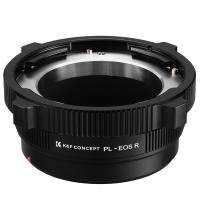
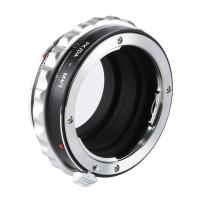
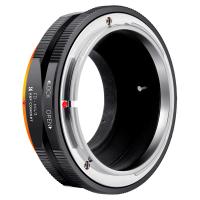
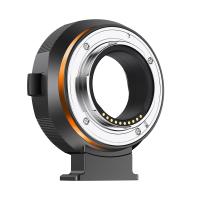
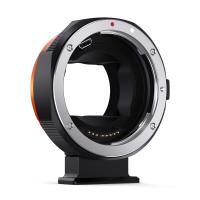
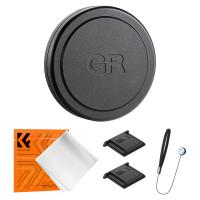

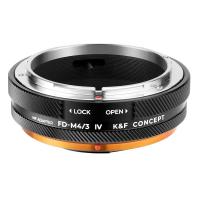
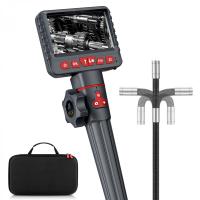

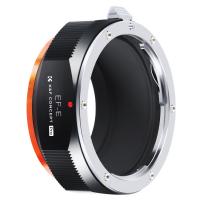
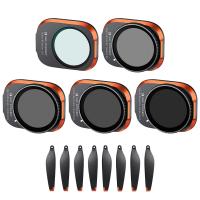
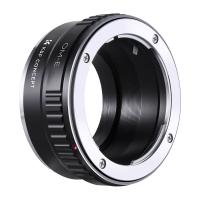
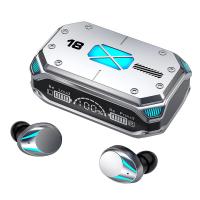

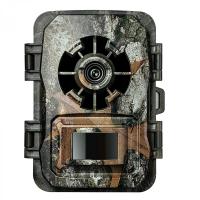
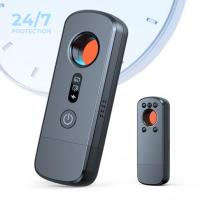
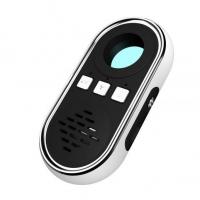
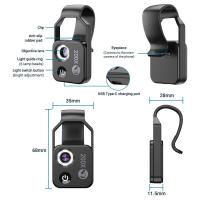


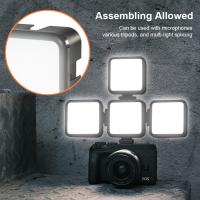

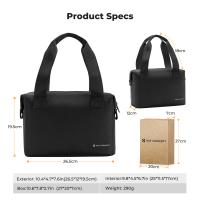
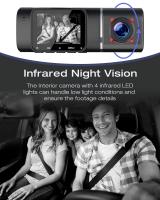
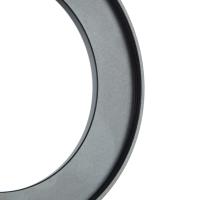
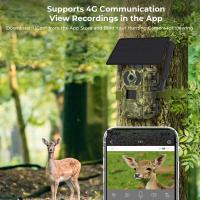
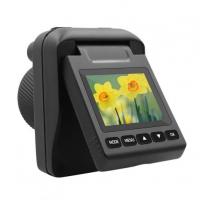
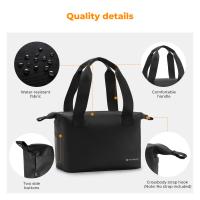

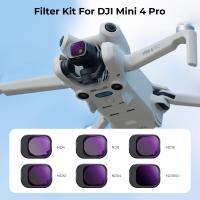
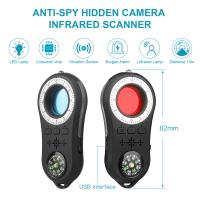
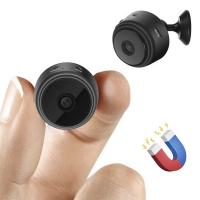
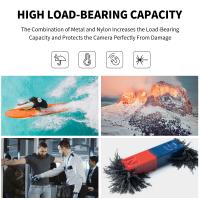
There are no comments for this blog.